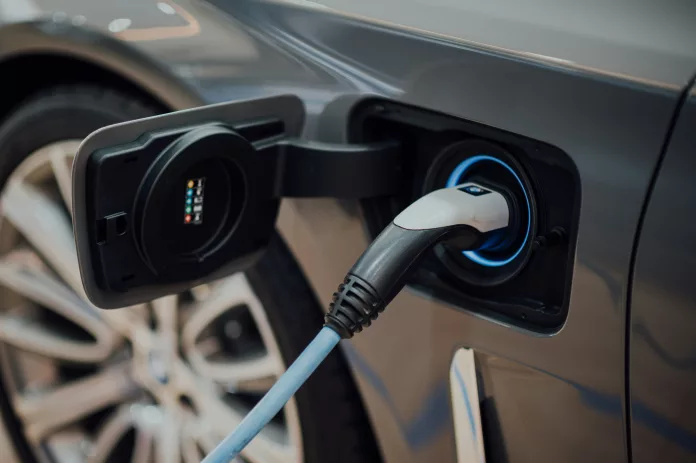Kenya’s landscape of transportation is witnessing a gradual shift towards electric vehicles (EVs), with the latest data indicating the presence of around 4,000 environmentally friendly modes of transport. This figure spans a variety that includes two-wheelers, three-wheelers, and four-wheelers, representing a minuscule 0.01% of the nation’s total motor vehicles tally of approximately 4 million. Motorcycles powered by internal combustion engines still dominate the scene, accounting for about half of this total.
Kenya’s Electric Drive: Goals and Progress
The Kenyan government aims to electrify the vehicle registration process, targeting a 5% share of new registrations to be electric by the year 2025, as outlined in the National Energy Efficiency and Conservation Strategy of 2020. Analyzing the numbers, the registration of vehicles was up to 234,000 in 2022, which posits the electric vehicle target at 17,700. In comparison, the previous year saw 399,000 vehicle registrations, translating to a higher EV target of 19,950. Projecting optimistic sales for the year 2025 that mirror those in 2021, Kenya would be looking at the registration of around 20,000 new EVs. This sets a challenging, but crucial target for the country to catalyze the adoption of sustainable transportation.
Kenya Power’s Pivotal Role in EV Adoption
Kenya Power, the nation’s principal electric utility company responsible for the adaption of power from producers, is now intensifying its efforts in the electric mobility domain. With over 9.5 million customers and enabling three-quarters of Kenyans to access the national grid as of December 2023, the company is also promoting the switch to electric mobility.
Driving E-mobility Initiatives
Marking its commitment, Kenya Power played host to the second electric mobility conference—an annual event that exemplifies Kenya as a trailblazer in renewable energy, boasting a power mix consisting of more than 92% renewable resources. With an impressive installed capacity exceeding 3,000 MW and sufficient off-peak power supply, Kenya positions itself as ready to support the growing needs of the EV ecosystem, including the establishment of charging stations for both private and commercial applications.
Highlights from the Electric Mobility Conference
Spanning two days on 23rd and 24th April 2024, the Kenyatta International Convention Centre bustled with the “Accelerating the Adoption of Electric Mobility in Kenya” themed conference. Discussions delved into numerous aspects such as the policy landscape, grid readiness, safety standards, local assembly challenges, public transport considerations, and the future of charging infrastructure technologies.
Fueling Infrastructure Investment
In an assertive stride, Kenya Power unveiled plans to inject KShs 258 million (~US$2 million) over three years to boost EV uptake. Allocating funds for the rollout of various charging spots and transitioning its internal fleet to electric, the utility company is setting the stage for a cleaner mobility future.
Spotlight on Innovative Electric Vehicles
The conference also offered a showcase of cutting-edge electric vehicles, with attendees getting an up-close look at models like the Neta V, Wuling Air, and the Mahindra XUV 400, illustrating the diverse and innovative EV market burgeoning in Kenya.
This presents an invigorating picture of Kenya’s journey toward sustainable mobility, charting a path of electrification that encompasses not only vehicles but also the commitment of corporations and the government. With strategies in motion, Kenya’s roads are poised to hum with the promise of a greener, electric future.


























